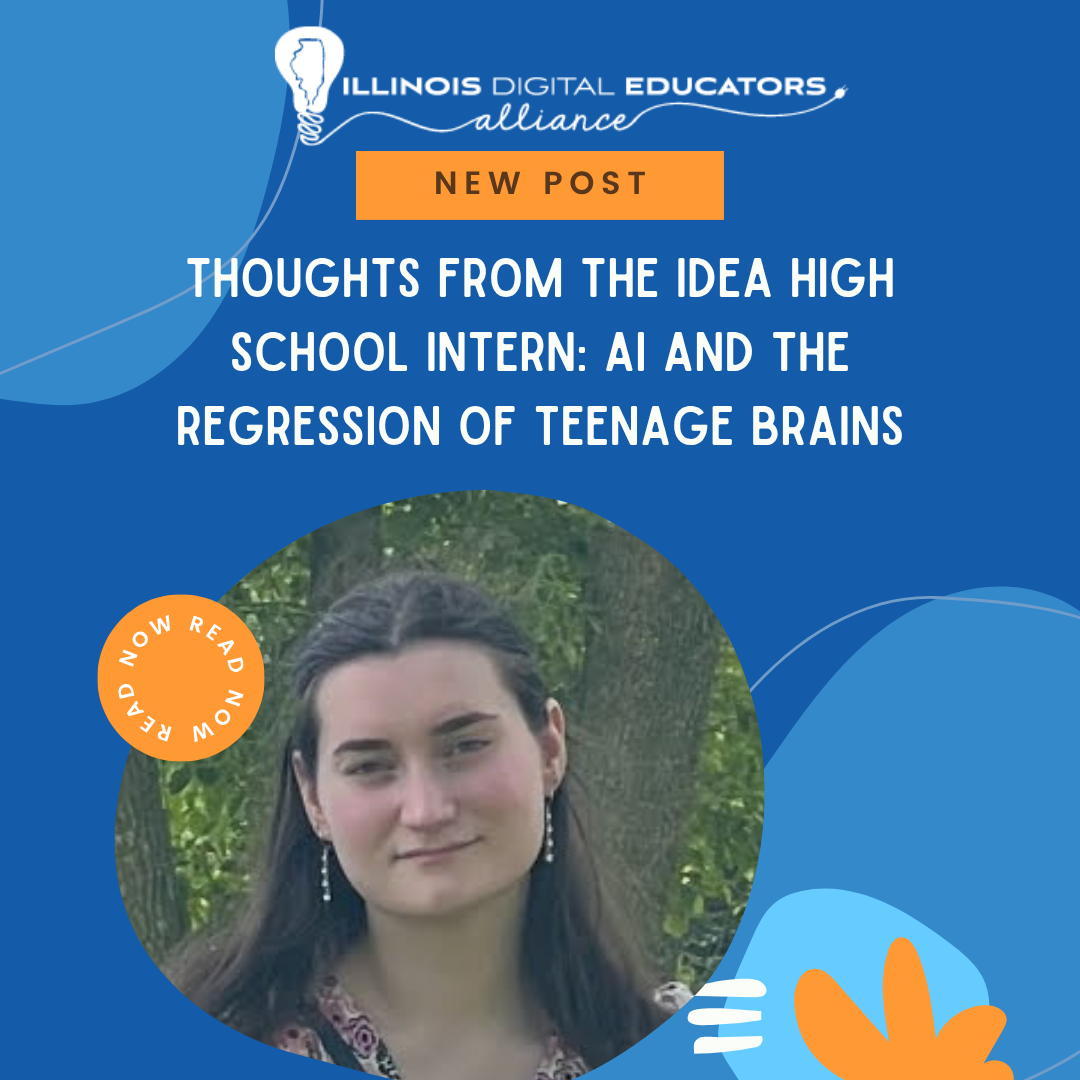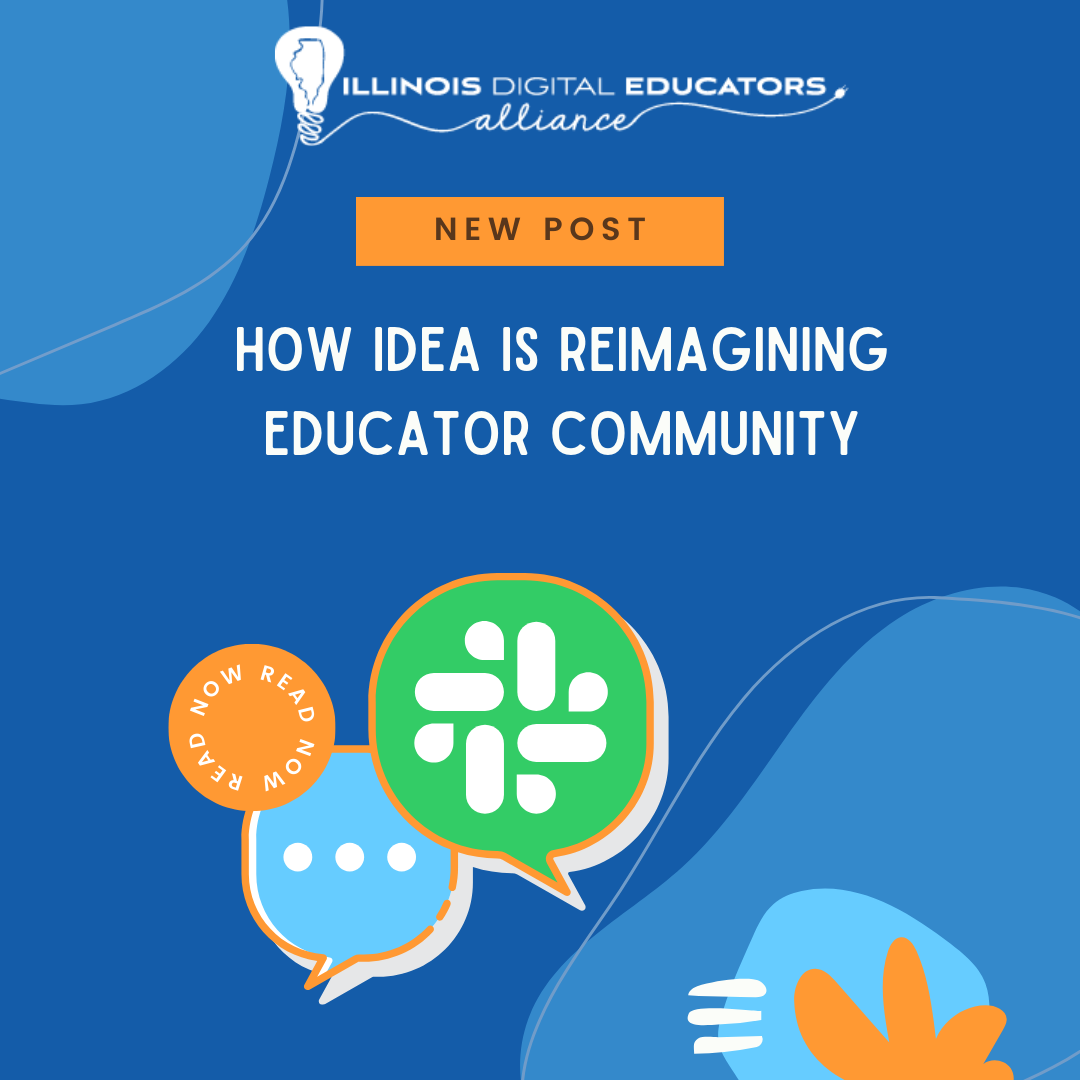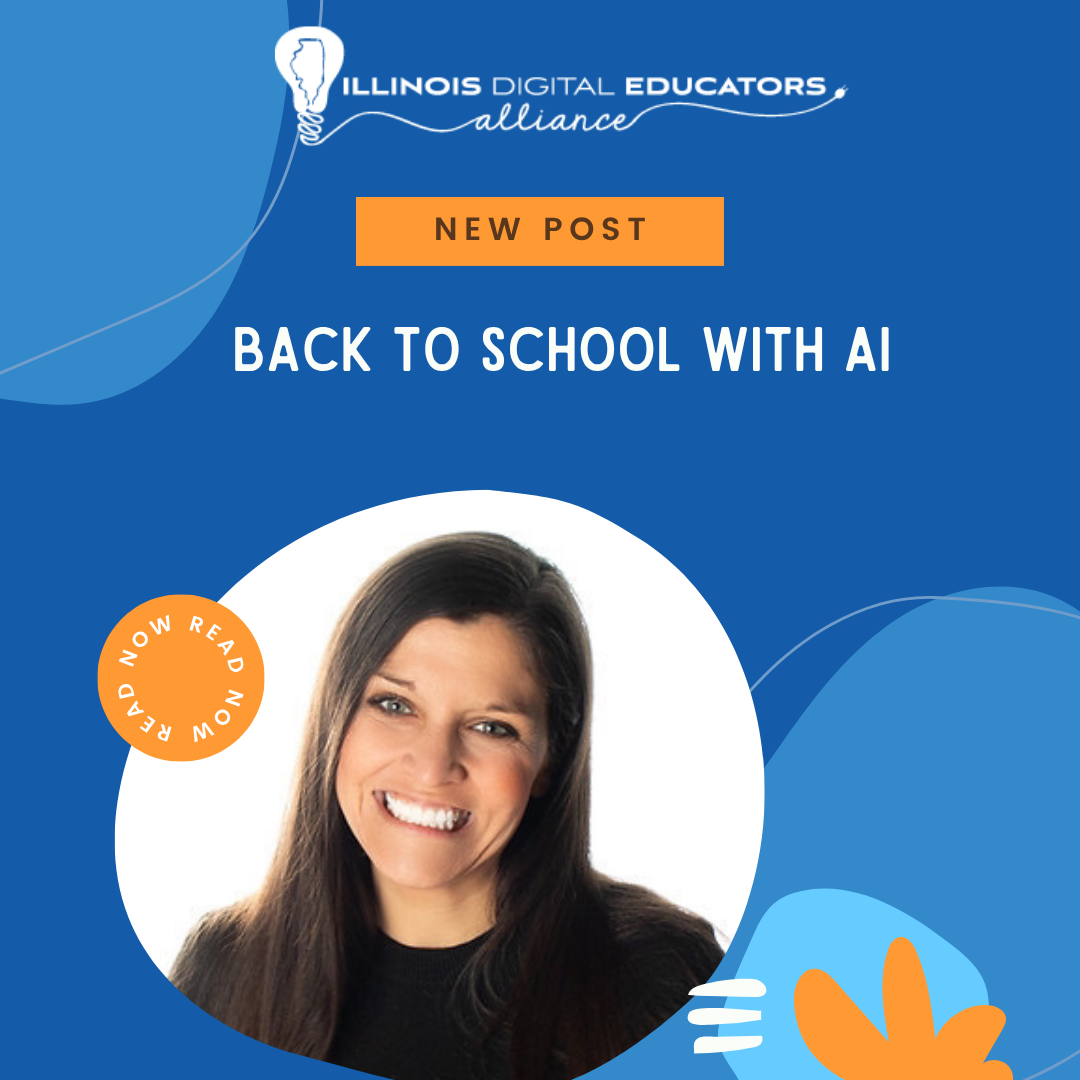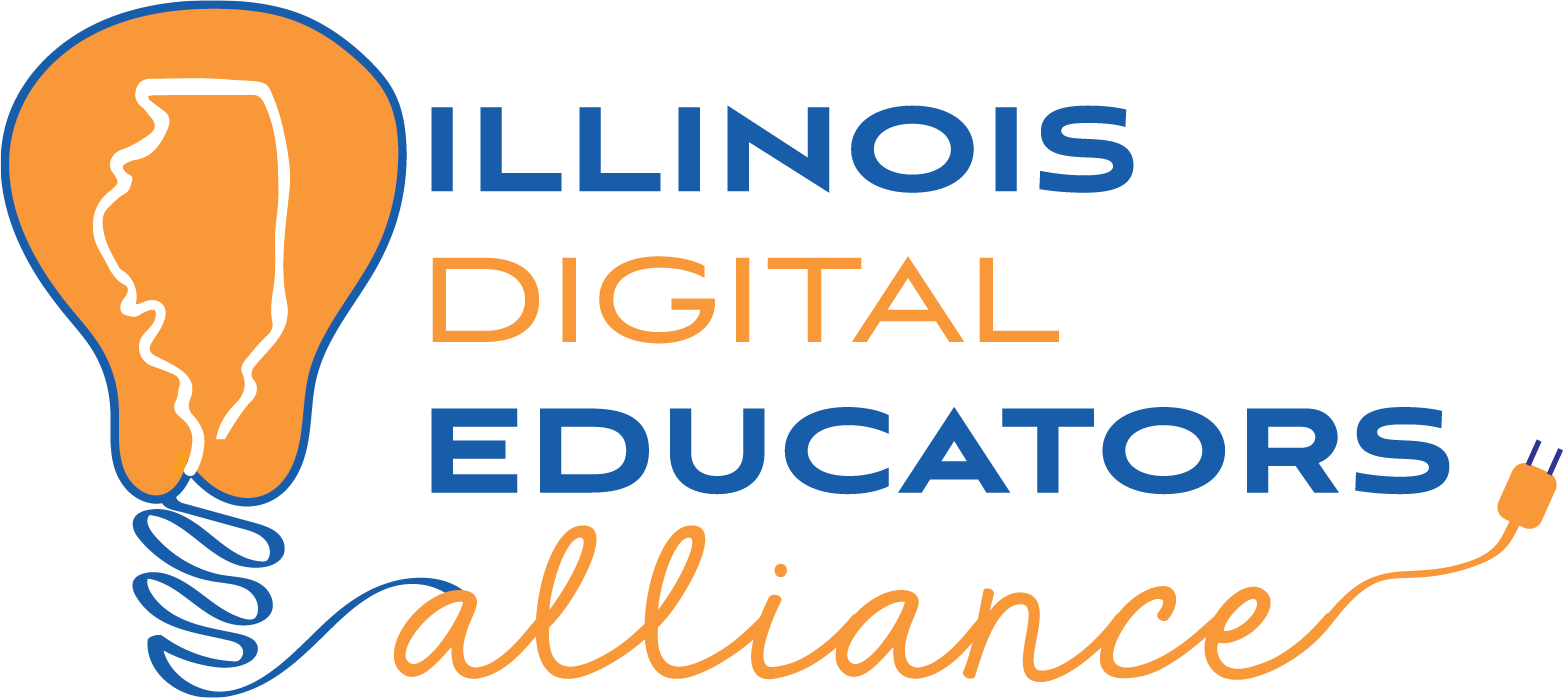Experimental Teaching In Progress!
Anytime I try something new in teaching I get nervous. Whether it was back when I was teaching first grade, or to my present day college courses and leading workshops for conferences around the world, I am always scared things will flop and I will look like a fraud. I will never forget the time my lesson on animal adaptations went awry when the blubber bags filled with lard busted and turned my classroom into a grease pit. It was a chaotic disaster that ended with 3 students having to call home for a change of clothes. I cried that afternoon. I felt shame. My perfectly crafted lesson was a mess. Literally.
The next few weeks after that lesson, I played it very safe until I got the itch, and courage, to try something new and exciting again. In order to give myself a boost of confidence that I needed for an adventurous lesson, I created this stop sign for my door. As you can see it says, “experimental teaching in progress!” There was something about this sign that gave me a bravery boost. It reminded me that so much of what we do in the classroom is experimentation. Experimenting with new ideas, new ways to deliver them, new ways to assess them, etc. Every year, every day, every moment of teaching is one experiment after another as we seek to connect the learning to learners who are changing every second of the day. Their moods are up, down, back, forth, and their brains, like ours, are often distracted by so many real world issues that can make teaching very difficult. Hanging this sign on my door reminded me of that fact and allowed me to feel much more freedom in the work.
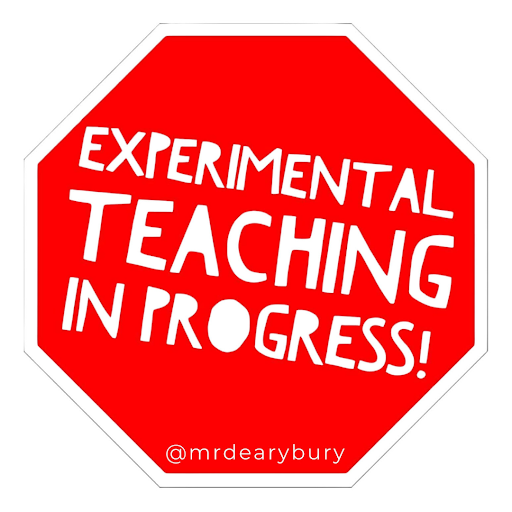
As I think about the time I will spend at IDEAcon soon, I am reminded that we will all be there learning new ideas, strategies, and methods that we will then take back to our classrooms to experiment with. Some will work. Some won’t. Some will be busted blubber bags. Regardless, we will try, we will do our best, and experimental teaching will happen. When it does, I hope you will print this sign and hang it on your door so that you can remember, none of us are perfect and we are all just in the midst of becoming the best teacher we can be, one experiment at a time.
Grab the sign
here.
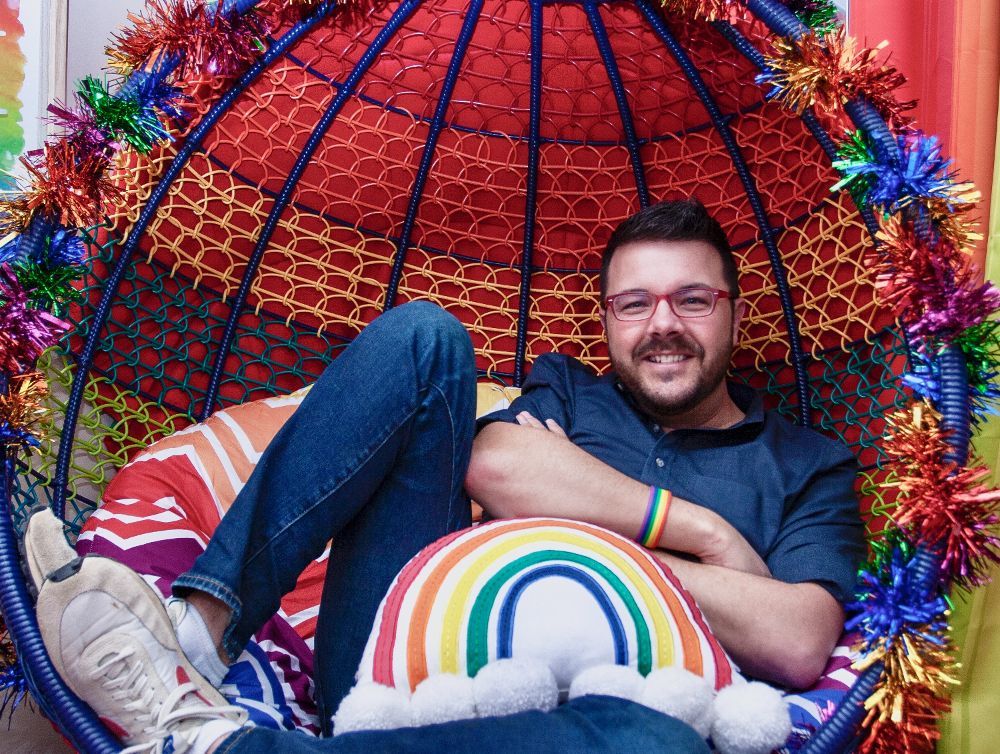
Jed Dearybury began his education career in 2001. He was featured in GQ Magazine as Male Leader of the Year, met President Obama as the South Carolina honoree of the Presidential Award for Excellence in Math and Science Teaching, and was named top 5 finalist for SC Teacher of the Year. He was also the very first Milken Fellow from South Carolina in 2016. Since leaving 2nd grade in 2015 he has been leading professional development across the country, and training the next generation of educators through teaching in Higher Ed. He published his first book,The Playful Classroom in June 2020. His second book, The Courageous Classroom, released in July 2021. Book number three, The Playful Life, was released in October 2022.
RECENT ARTICLES
